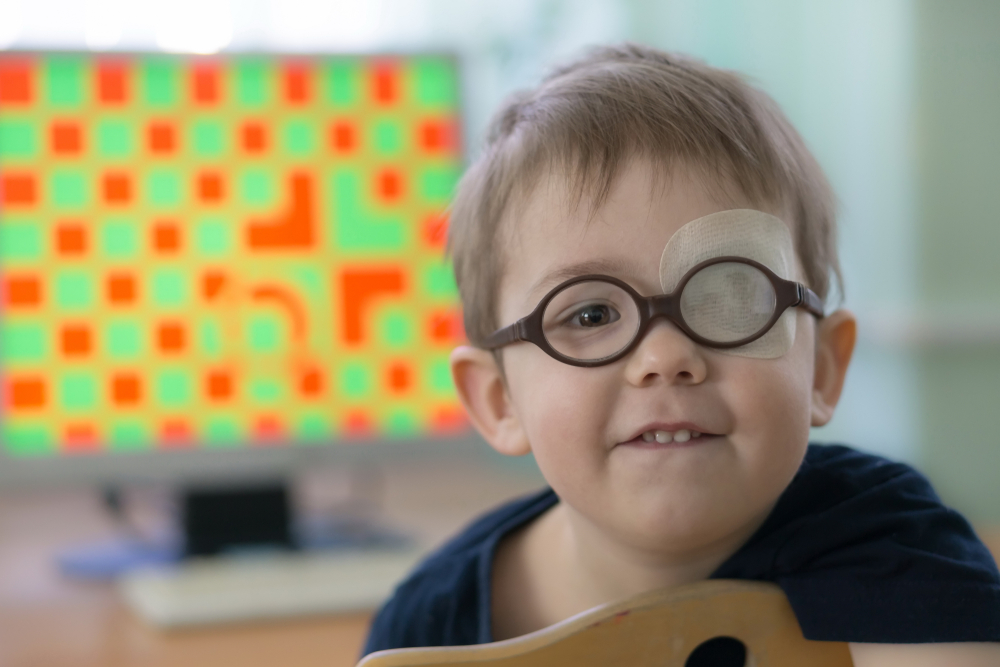
Amblyopia, commonly known as "lazy eye," is a condition in which one eye develops poorer vision compared to the other eye. This happens when the brain favors one eye over the other, causing the weaker eye to become increasingly reliant on the stronger eye for visual information. Amblyopia typically develops during childhood, often before the age of 6. If left untreated, it can lead to permanent vision impairment in the affected eye. Understanding the nature of amblyopia and the available treatment options is crucial for ensuring the best possible visual outcomes for those affected.
Recognizing the Signs of Amblyopia
The primary sign of amblyopia is a noticeable difference in the visual acuity between the two eyes. Some common symptoms of amblyopia include:
- Reduced visual acuity in one eye: The affected eye may have blurred or distorted vision, making it challenging to see clearly.
- Depth perception issues: Amblyopia can make it difficult to accurately judge distances and perceive depth, leading to coordination and balance problems.
- Eye strain and fatigue: The brain's constant effort to compensate for the weaker eye can cause eye strain, headaches, and fatigue.
- Wandering or "lazy" eye: In some cases, the affected eye may appear to drift or wander, a condition known as strabismus.
If you or your child are experiencing any of these symptoms, it's essential to seek a comprehensive eye examination from an optometrist.
Diagnosis and Treatment for Amblyopia
Diagnosing amblyopia involves a comprehensive eye examination, including visual acuity tests, eye tracking assessments, and other diagnostic procedures. Once the condition is identified, your eye doctor may recommend vision therapy.
Vision therapy is a specialized, non-invasive treatment approach that aims to retrain the brain's visual processing and improve overall visual function. Unlike traditional treatments that primarily address the physical symptoms, vision therapy targets the underlying neurological and cognitive components of amblyopia.
How Vision Therapy Can Help Treat Amblyopia
Vision therapy offers a comprehensive approach to managing amblyopia, addressing both the physical and neurological aspects of the condition. By actively engaging the brain and visual system, vision therapy can help strengthen the neural pathways between the weaker eye and the brain, leading to improved visual clarity and function. Vision therapy can help the brain learn to effectively process and integrate visual information from both eyes, improving depth perception and overall visual coordination.
By training the visual system to work more efficiently, vision therapy can alleviate the eye strain and fatigue often associated with amblyopia. Vision therapy aims to create lasting changes in the visual system, leading to sustainable improvements in visual function.
Get Started with High5 Vision Development Today
By understanding the signs, symptoms, and underlying causes of amblyopia, as well as the available treatment options, you can take proactive steps to address this condition and achieve the best possible visual outcomes. Vision therapy offers a comprehensive and holistic approach to managing amblyopia, targeting both the physical and neurological aspects of the condition.
To learn more about how vision therapy can help treat amblyopia and improve your overall visual function, contact High5 Vision Development. Visit our office in New Braunfels, Texas, or call (210) 507-7979 to book an appointment today.








